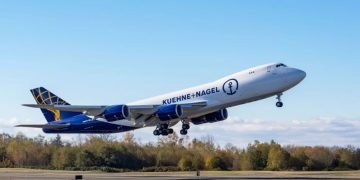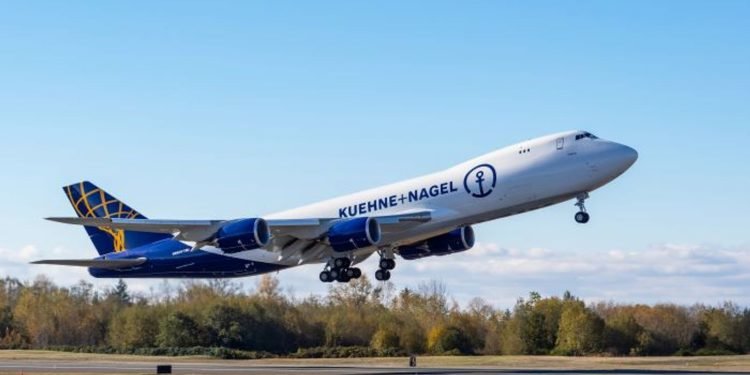By Eva Richardson – The Logistic News
February 27, 2025 – The global air cargo industry has experienced tremendous growth over the past decade, largely fueled by the rapid expansion of e-commerce. As online shopping habits became ingrained worldwide, logistics networks, including air freight, were pushed to their limits to meet surging consumer demand. However, recent shifts in market dynamics have raised the question: Has the e-commerce boom for air cargo reached its peak, or is it simply entering a new phase of evolution?
E-Commerce: A Key Driver of Air Cargo Growth
E-commerce has reshaped global trade, with major online marketplaces like Amazon, Alibaba, and Temu increasingly relying on air freight for faster deliveries. Industry estimates suggest that e-commerce now accounts for nearly 20% of total global air cargo volume, with demand peaks recorded during major online sales events like Singles’ Day, Black Friday, and Prime Day.
In 2024, the air cargo sector recorded strong growth, driven by continued e-commerce expansion. IATA data revealed an 8.2% year-on-year increase in demand for air cargo in Q4 2024, marking the 16th consecutive month of growth. Meanwhile, major carriers including FedEx, UPS, and DHL Express expanded their freighter capacity to handle record-breaking parcel volumes.
A Market Slowdown or a Shift in Strategy?
Despite this continued growth, early 2025 has seen a deceleration in demand. In January 2025, air cargo demand increased by just 3.2% year-on-year, compared to double-digit growth rates seen in previous quarters. Several factors have contributed to this shift:
- Increased Cargo Capacity: Airlines have added more freighter capacity and belly-hold space, leading to a decline in cargo load factors and softening of freight rates.
- Evolving Consumer Behavior: A shift toward slower, more cost-effective delivery options has impacted the demand for premium express air freight services.
- Geopolitical and Trade Policy Changes: Tariffs, trade tensions, and evolving customs regulations have added complexities to cross-border e-commerce shipments.
What’s Next for Air Cargo and E-Commerce?
While growth rates have moderated, analysts remain optimistic about the long-term potential of e-commerce-driven air cargo. Global e-commerce sales are forecasted to grow at an annual rate of 14% through 2026, maintaining strong demand for international express logistics solutions. However, logistics companies are adapting their strategies to navigate the changing landscape:
- Investing in Digitalization: AI-driven route optimization and inventory forecasting are being adopted to enhance efficiency and reduce costs.
- Expanding Multi-Modal Solutions: A shift toward integrating ocean freight, rail, and last-mile delivery is helping balance costs while maintaining fast transit times.
- Sustainability and Green Logistics: With regulatory pressure on carbon emissions increasing, companies are investing in Sustainable Aviation Fuel (SAF) and alternative logistics models.
Conclusion: A New Chapter for E-Commerce Logistics
Rather than a bubble bursting, the e-commerce air cargo sector is evolving. While demand may not match the explosive growth of previous years, it remains a dominant force shaping global logistics. The winners in this next phase will be those that invest in efficiency, embrace digital transformation, and adapt to shifting consumer behaviors.
For continued insights into global trade, logistics trends, and air cargo developments, stay connected with The Logistic News.
For media inquiries or to share insights, contact us at info@thelogisticnews.com.























